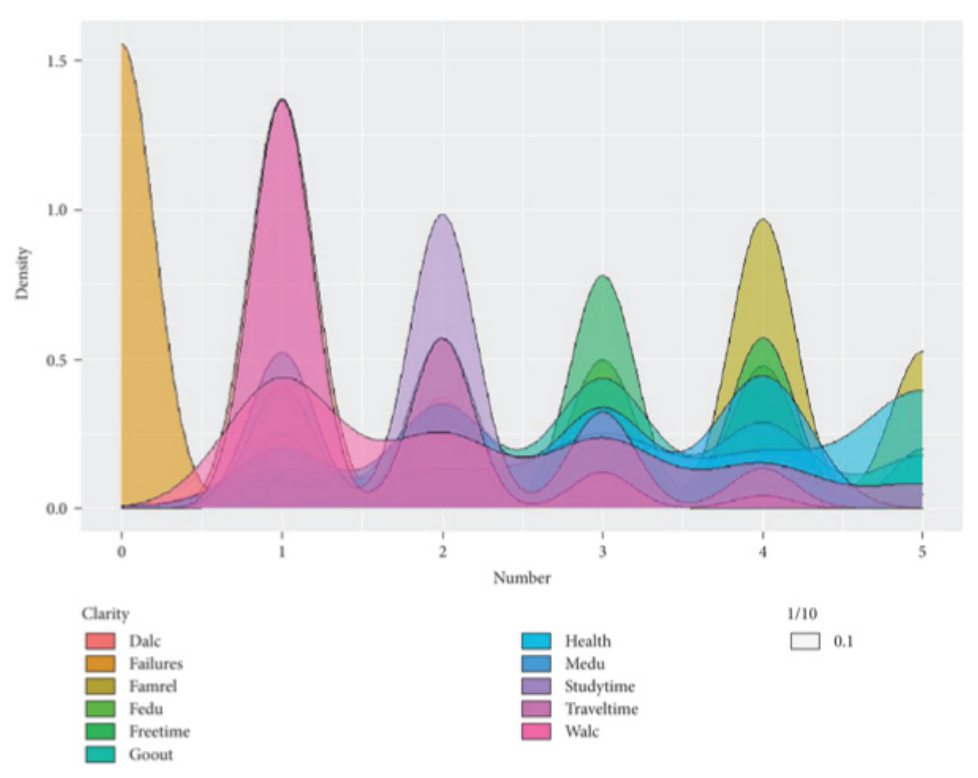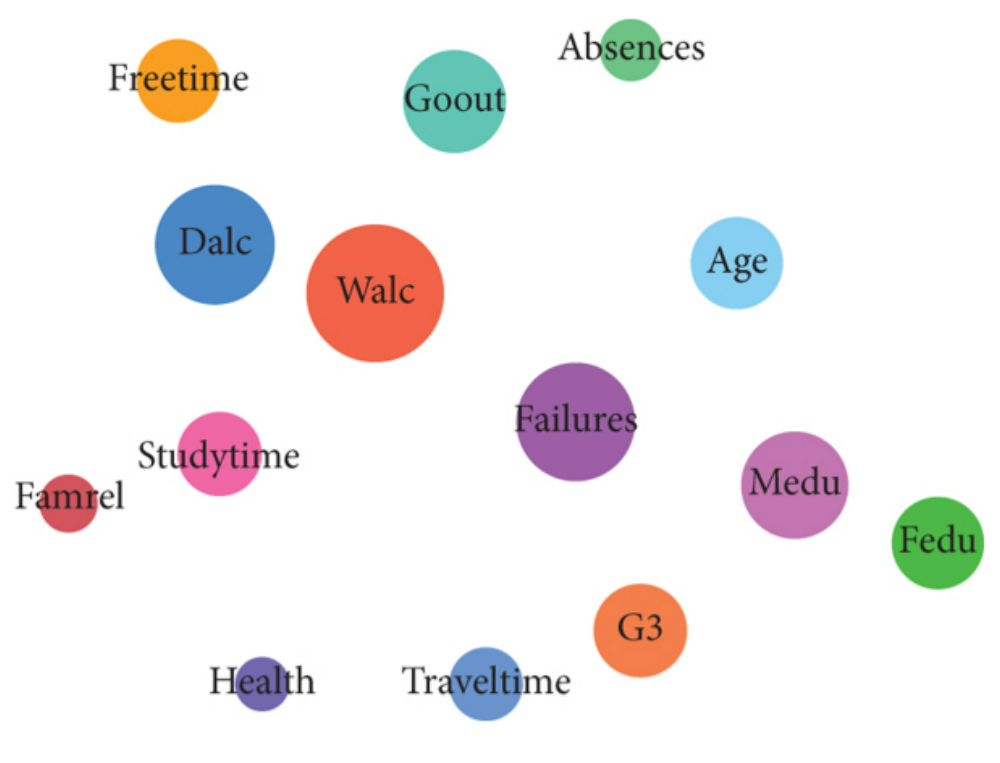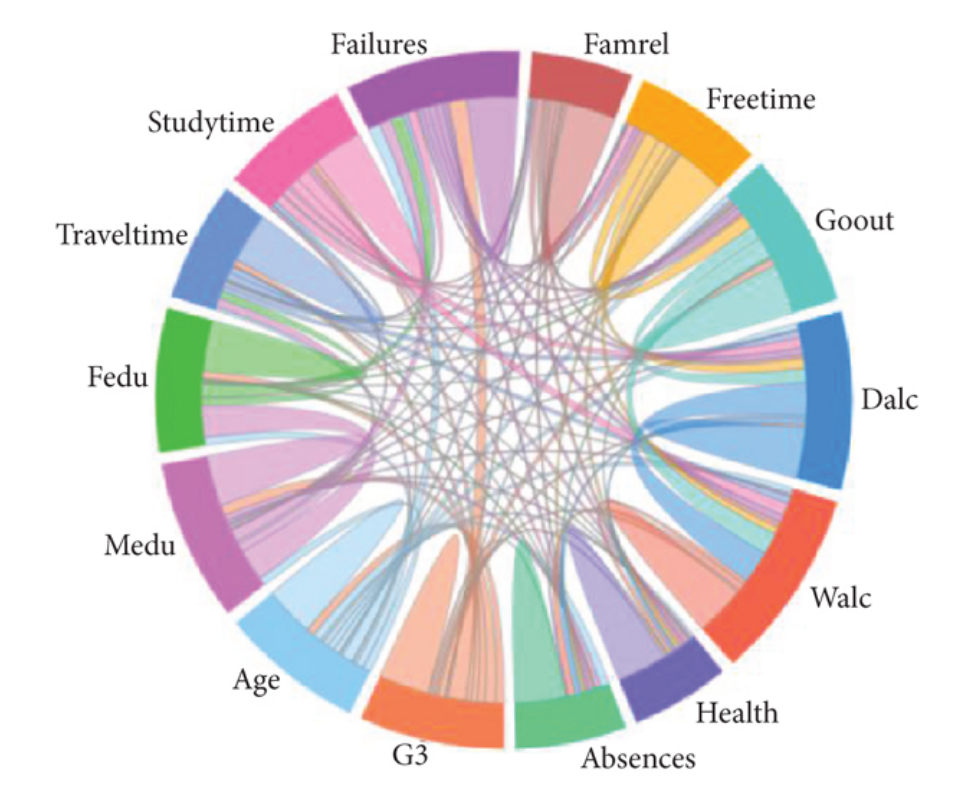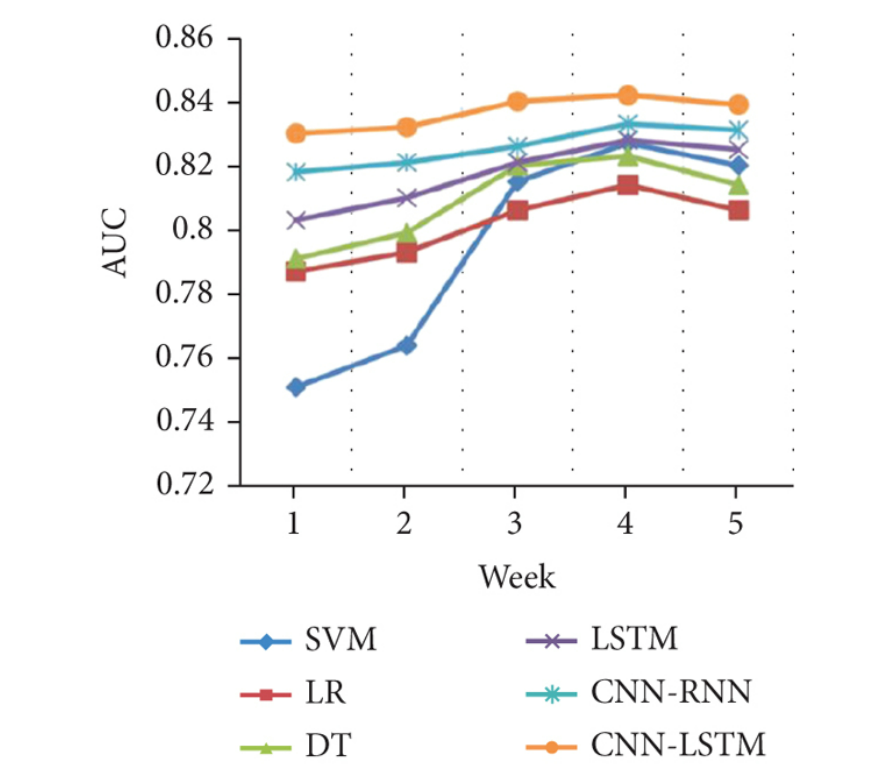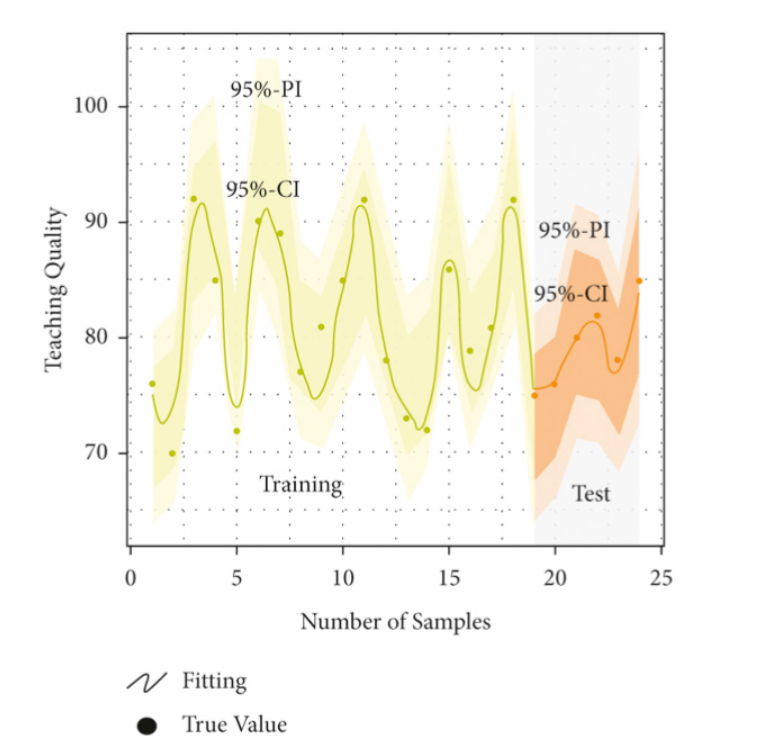 An open access journal
An open access journal
Design Methodology for Elderly Rehabilitation Products Based on Flow Theory
Abstract
This paper explores the design methods and strategies for elderly rehabilitation products based on Flow Theory. By establishing four key design principles—safety, human-computer interaction optimization, function-value orientation, and dynamic adaptability—this paper proposes strategies such as a goal-oriented rehabilitation incentive system and a dynamic feedback system based on perceptual ergonomics. These strategies aim to enhance the rehabilitation experience and quality of life for elderly users. The study introduces a triadic model of user-media-goal, ensuring the dynamic alignment of users capabilities, device characteristics, and training objectives, facilitating immersive rehabilitation training. This paper provides scientific support and practical guidance for the design of elderly rehabilitation products.
Share and Cite
Article Metrics
References
- Csikszentmihalyi, M. (1990). Flow: The psychology of optimal experience. Harper & Row.
- Zhang, Y., & Li, J. (2019). User experience design of intelligent rehabilitation products based on Flow Theory. Journal of Mechanical Engineering, 55(12), 1-9.
- Liu, L., Wang, H., & Chen, X. (2020).Design principles and strategies of elderly care products based on Flow Theory. Industrial Design, (10), 106-108.
- Wang, Y., & Zhang, Q. (2021). Research on the application of Flow Theory in the design of elderly rehabilitation robots.Journal of Mechanical Engineering, 57(1), 212-218.
- Devanne, M., Gascón, S., Gascón, J., & Colomer, C. (2018). Co-designing robot-assisted rehabilitation strategies with therapists and patients: A qualitative study. IEEE International Conference on Robotic Computing (IRC), 147-152.
- Smith, J., Thompson, A., & Johnson, M. (2023). Modular design of adaptive rehabilitation devices for elderly users. Biomedical Engineering Online, 22(1), 54.
- Wu, Z., & Liu, H. (2022).A study on the interaction design of elderly rehabilitation products based on Flow Theory. Human Factors and Ergonomics in Manufacturing & Service Industries, 32(5), 335-345.
- Li, X., & Chen, W. (2020). A goal-oriented incentive system for elderly rehabilitation based on Flow Theory. International Journal of Human Factors and Ergonomics, 16(3), 359-372.
- Park, S., & Kim, J. (2019).Perceptual ergonomics in the design of assistive technology for the elderly. Applied Ergonomics, 79, 102927.
- Zhu, M., & Yang, L. (2024). Dynamic task adaptation in rehabilitation product design for elderly users. Journal of Rehabilitation Science and Technology, 32(2), 121-130.

